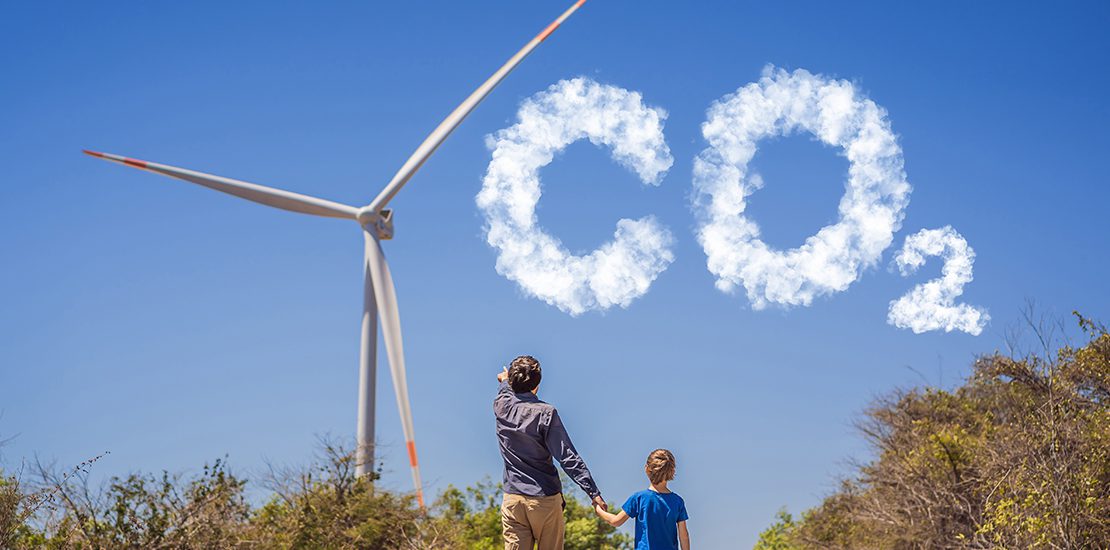June 4th, 2021
Category: Economics,Web Applications
No Comments
Posted by: Team TA

We are doing violence towards the earth, towards nature. We have become butchers of nature
– Sunderlal Bahuguna
Movies have always toyed with the idea of the end of the world, as shown in The Day After Tomorrow, 2012 and so on, and if you look around the pall of disasters happening in the real world, it’s not hard to imagine an apocalypse happening anytime soon. According to The World Meteorological Organisation’s decadal survey, there is a 90 percent chance that one of the next 5 years will be the hottest on record with a 40 percent chance of warming up to 2.7°F (1.5°C). A new study attributes 37 percent of deaths to heat exposure, in other words, one third of the global population lost their lives to human-induced global warming. Sadly, that is not even the worst part, this estimate doesn’t include all those people who lost their lives in other disastrous after-effects of climate change such as storms, flash floods or droughts. It is also estimated that between 2030 and 2050 climate change is expected to cause about 2,50,000 more deaths. These numbing statistics clearly paint the existential threat we are in and how close we are to a total collapse.
Climate change, as we all know it, is the change in the weather, such as the change in the usual temperature or the amount of rainfall a place receives. Climate change also includes the change in the Earth’s climate, such as the change in its temperature, rainfall or snowfall patterns. Earth’s climate changes on its own naturally, but this change can be accelerated by a myriad of human activities. Human activities require energy and this energy comes from the burning of fossil fuels, coal, oil and gas. Burning these gases cause the air to heat up and change the climate of the place and that of the Earth. According to scientists, Earth’s temperature has gone up about 1°F in the last hundred years. Though it may not seem like a big number, this is enough to wreak havoc such as flash floods, storms, cyclones, raise sea levels, alter growth-rate in plants, cause heat waves, drought, wildlife and habitat loss, and far more.
According to The World Economic Forum, meaningful collaboration and thoughtful deliberation is the only way to tackle climate change. Movements such as the Fridays for Future are examples for this, as to how conversation among people, communities, cities, institutions, and organizations can challenge and impact the governments. Younger generation of climate activists such as Greta Thunberg, Lauren Howland whose bold and ambitious steps have brought the attention of the world into the ramifications of climate change and its impact on the future. Leading to a widespread climate consciousness and enthusiasm for a sustainable future that is carbon-neutral, carbon positive, carbon negative and so forth. This new wave of greenwashing was soon adopted by startups to big corporations such as Amazon pledging to be carbon-neutral by 2040, Microsoft committed to be carbon negative by 2030, encouraging others to embrace climate consciousness and sustainability.
On the other hand, diplomatic action plans such as the landmark Paris Climate Agreement addressed to combat the impact of climate change and to reduce the global temperature by 2 to 1.5 degrees. Major contributors for carbon emissions, such as China and the USA, have made initiatives to cut down their carbon emissions no later than 2030. India, the seventh most climate-affected country in 2019, according to the Global Climate Risk Index (CRI) 2021, set sights to cut its emissions by 33 to 35 percent and to generate 40 percent of its electricity from non-fossil fuels by 2030. The other most anticipated summit is the UN Climate Change Conference (COP 26) in Glasgow, set to take place on 1-12 November 2021, aims for an inclusive action plan to address the devastating issue of the climate crisis in developing countries.
The clock is ticking and the future of the planet is in our hands. It’s high time to scrap off the blissful ignorance and galvanize into action. Your choice, voice and actions matter. Plant trees, harvest rainwater, invest in energy efficient appliances, manage water resources, reduce waste, recycle, use public transport, make sure to do your share for a sustainable future.
The future is worth fighting for, Environment Day cheers!!
#GENERATIONRESTORATION
Terminology and meaning
Carbon-neutral/carbon-free means that the CO2 released into the atmosphere is balanced by an equivalent amount of it being removed.
Zero-carbon is applied to buildings and modes of transportation that are carbon-neutral.
Carbon negative/carbon positive are synonymous terms that means to achieve net-zero carbon emissions to create a clean sustainable environment.
Net-Zero emissions balance the whole amount of greenhouse gas (GHG) released and the amount removed from the atmosphere.